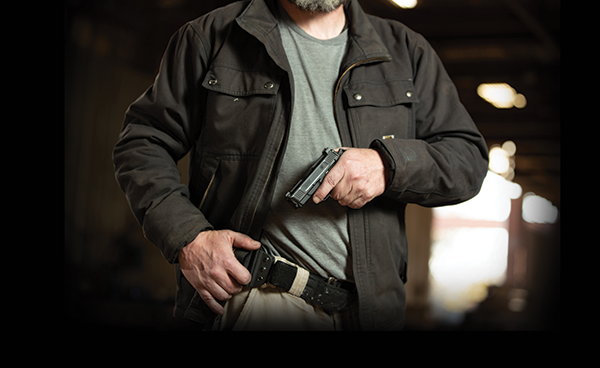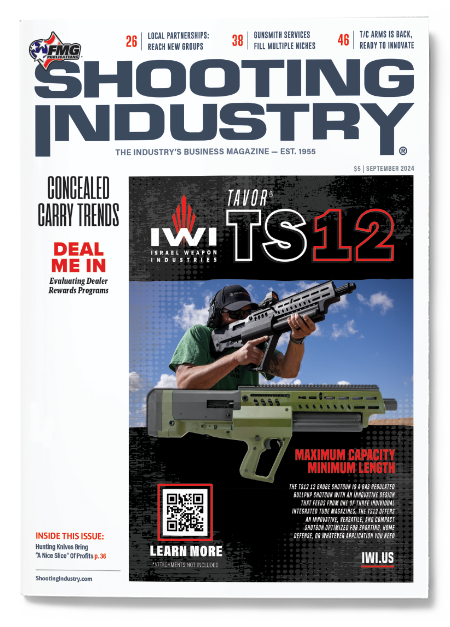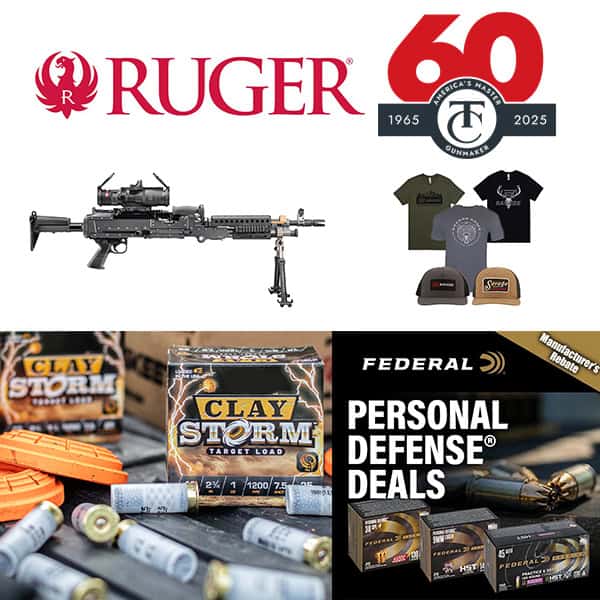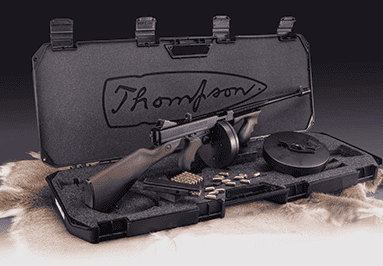Concealed Trends Unveiled
It’s challenging to keep up with the trends in concealed carry across the country because different states are changing so many laws.
In addition to my usual research, I reached out to a wide range of other instructors and industry peers for additional context. (I’m fortunate because I get to attend industry events and meet some well-known names most people don’t have the opportunity to, so this was a good time to get their input.)
The Rise Of Micro-Compact Pistols
Compact and micro-compact pistols have experienced a surge in popularity in recent years, and 2024 is continuing the trend. Because of their design, these smaller frames are easily concealed and can hold more rounds than their predecessors.
Gun Camps lead instructors Twista (yes, he is the same Twista the rapper some of you old-school folks know) and Eddie Caravana, better known as Eddie Tactical, and I talked about what we’re seeing with students. They just built a fantastic training facility in Chicago that reminds me of the one Taran Tactical uses to train all the big names in Hollywood.
Twista frequently appendix carries, and he stressed the importance of safety.
“I prefer a 1911- or 2011-style because you have a thumb safety, grip safety and you’re ready to shoot as soon as you snatch it out. I carry a Staccato CS because it’s compact, and the fact is it’s a 2011 style, so I’m familiar with it. You know everybody has their preferences. I like to be able to put on certain accessories like dots and TAC lights. I also like the CS because it shoots like a full size.”
Caravana made a good point about magazine capacity: “You can have 15 to 20 rounds, but if it’s not shootable and you’re not able to get rounds on target, you might as well get something with 10 rounds that shoots well for you.”
A firearm that fits the shooter’s hand properly, along with more states attempting to implement magazine capacity limits, has continued to push sales of smaller frames.
Ron Holmes, USMC MSgt (Ret.) director of training and product development for Ryker USA had an excellent tip for selling guns, too.
“Something I have learned in 16 years of running my own firearms instruction company is not everyone’s body will allow them to shoot like a special operator,” he said. “Meaning, when you have a 70-year-old grandmother with arthritic hands show up at the counter, you are going to have to modify her grip. The gun store clerk selling her a pistol, because it’s easy to rack, is not how you set this woman up for success. So, my suggestion is, don’t just push product, help the unknowing make the best-educated decision they can.”
The Importance Of Holster Selection
As concealed carry continues to grow, so does the importance of choosing the right holster. With the rise of appendix carry and other unconventional carry methods, finding a holster that fits your customer’s body type and lifestyle is getting easier.
Holmes noted, “Holsters can easily become overwhelming for the new shooter. One thing I teach is, ‘If I carry this, can I wear that?’ and ‘If I wear that, can I carry this?’ I have not found a one-size-fits-all holster.”
Customers are looking for options that offer adjustable retention and a comfortable fit. Remember, the best holster is the one the customer will actually use, and a store can excel by explaining other options are available besides plain Kydex. Not everyone is a fan of appendix carry, but it’s here to stay, and holsters like the Phlster Enigma and CrossBreed’s hybrid style are big sellers.
Accessories
More accessories are available than ever, and customers can get confused about what’s a priority.
The pocketknife market in the U.S. is massive, and it’s driven by people using them for everyday carry (EDC). In 2023, consumers spent over $600 million worldwide, with North America accounting for around a third of total sales. Prices range from a few dollars to hundreds of dollars, and here is a wide selection.
When it comes to pocketknives, a traditional store prevails over a website because more than half of the purchases take place in physical stores. Also, unlike firearms, knives have a high markup, so you can often double your money.
Mike Pierson from KRATE Tactical lends, “OTF (out the front) knives are becoming quite popular as laws progress. Customers want a high-quality knife for EDC at a price point that makes sense, so I expect good growth in the market.”
Soft body armor like vests and shirts is another growing market, along with backpack inserts. There are many options, and prices vary, so knowing what you’re selling is crucial. It’s not just about whether the vest will stop the bullet, but also how much the armor will absorb and dissipate the impact.
Premier Body Armor has a line of shirts and vests you can easily conceal with regular clothing at a reasonable price point. Body armor is not an item to go cheap on, and families are more than willing to invest in things to protect their kids, like an insert for a backpack.
As a STOP THE BLEED instructor, I’m seeing more demand for medical supplies, and a good-quality tourniquet is at the top of the list. They’re inexpensive compared to other firearm products and are not typically available at a local store — which could represent another profit center for you.
Training
With 29 states allowing constitutional carry, concealed carry is becoming more mainstream. Proper training is more important than ever, and many people are looking for ways to train at home.
Alicia Garcia, also known as the Boomstick Babe, is an instructor from Colorado. Her philosophy is, “You want to encourage gun owners to train more actively. It’s essential every firearm comes with at least three magazines along with night sights, and the customer should have immediate access to affordable holster options. Red dots and optics are great tools, however, I am a firm believer in night sights as they’re not reliant on batteries and are one less cost a new shooter needs. I’d rather see them put that money toward good training.”
The Mantis-X dry-fire device has been popular for a long time, and recently, there has been a trend to make training at home more realistic. Devices to reset the trigger, such as a TTrigger or DryFireMag magazine, are popular. These magazines are inserted into a handgun and instead of having to rack the slide each time you pull the trigger, they reset it for you. More realistic training equals a better skill set.
Keep in mind: If you develop relationships with local instructors, they can be an asset and help you drive sales. This is something many stores overlook, and teaming up with the right people helps everyone.
Garcia has similar thoughts about this: “I was a customer in the 2A space long before I was a content creator or political advocate. One of the things that was a deciding factor for me in what to buy or who to support was if there were efforts to showcase people who looked like me in their marketing and if they were active in protecting the Second Amendment.”
Customers consistently buy more firearms and accessories in election years, and 2024 is shaping up to be big.






